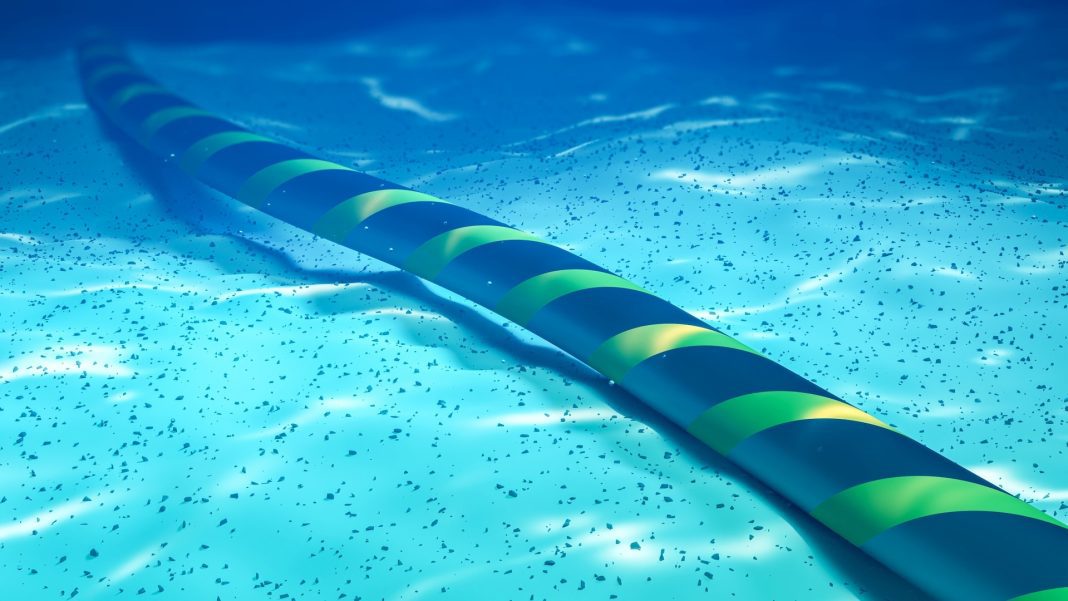A new submarine cable project connecting Finland and Sweden has officially begun. This cable will run under the Baltic Sea and is expected to strengthen the digital link between the two countries. The company leading the effort, GlobalConnect, is a major provider of digital infrastructure in the Nordic region.
Major Step in Submarine Cable Project Between Finland and Sweden
GlobalConnect is building the cable project to meet the increasing need for fast and safe internet data transmission across the Baltic area. As more data centers and artificial intelligence (AI) facilities appear in this region, the demand for strong and secure networks continues to grow. This new underwater cable will help manage that growing traffic.
This new route will not only boost the amount of data users can send but will also make the overall network more reliable. If something damages one cable or causes a problem, the system can quickly reroute the traffic through the other path. This ensures that the internet and other services that depend on it continue to work without interruption.
11 Mysterious Attacks in 15 Months Cripple Baltic Sea Cables
The cable will stretch 150 kilometers under the Baltic Sea between Finland and Sweden. But that’s not all — the project also includes important upgrades on land. Engineers will install around 365 kilometers of new fiber-optic cables across parts of Finland and Sweden. These fiber cables, made of very thin and flexible glass strands, carry large amounts of data using light signals. People know them for their speed and dependability.
Expanded Submarine Cable Project and Land Infrastructure
The Submarine Cable Project includes new land cables that will run through several important locations. In Finland, the cables will start in the capital city of Helsinki and travel to Turku, a city on the southwestern coast. The route will also pass through the Aland Islands, which are a group of islands that belong to Finland but govern themselves. On the Swedish side, the cable will go from Stockholm, the capital, to the city of Gävle in the east.
By connecting these key areas, the Submarine Cable Project will make it easier for people, companies, and governments to communicate and share information. It also improves the safety and reliability of digital services that depend on the internet.
Baltic Cable Catastrophe : Finland and Russia Grapple with Undersea Disruptions
The Submarine Cable Project offers a major benefit known as “redundancy.” This means the network automatically reroutes data through another path if one part fails. For example, if something cuts or damages a cable, the system still allows data to travel through an alternate route. This feature plays a crucial role today, as people and systems constantly share large amounts of information across borders.
Project Timeline and Financial Details
The total cost of this massive project is estimated at 14 million euros. This amount equals around 16.46 million U.S. dollars. It’s a large investment, but one that is necessary to support the rising digital needs in this part of Europe.
Before the actual cable can be laid under the sea, experts need to study the ocean floor. These marine seabed surveys already began in the first half of 2025. The surveys help identify the best and safest route for laying the cable underwater. Once everything is ready, the actual cable will be placed carefully on the seabed.
The work is expected to be completed and the cable to become fully operational by the end of 2026. After that, data will be able to travel more quickly, safely, and in larger amounts between Finland and Sweden.
Swedish Undersea Cable Targeted! Suspected Sabotage Sparks Baltic Sea Security Crisis
This project is part of a larger effort to build better digital connections in the Nordic region. As the world becomes more connected through technology, these types of cables are becoming more important. They help support everything from video calls and streaming services to critical business operations and government communications.
The new submarine cable between Finland and Sweden is a clear example of how countries are working together to improve their infrastructure. It will bring long-term benefits to both nations by making their internet systems faster, stronger, and more secure.

